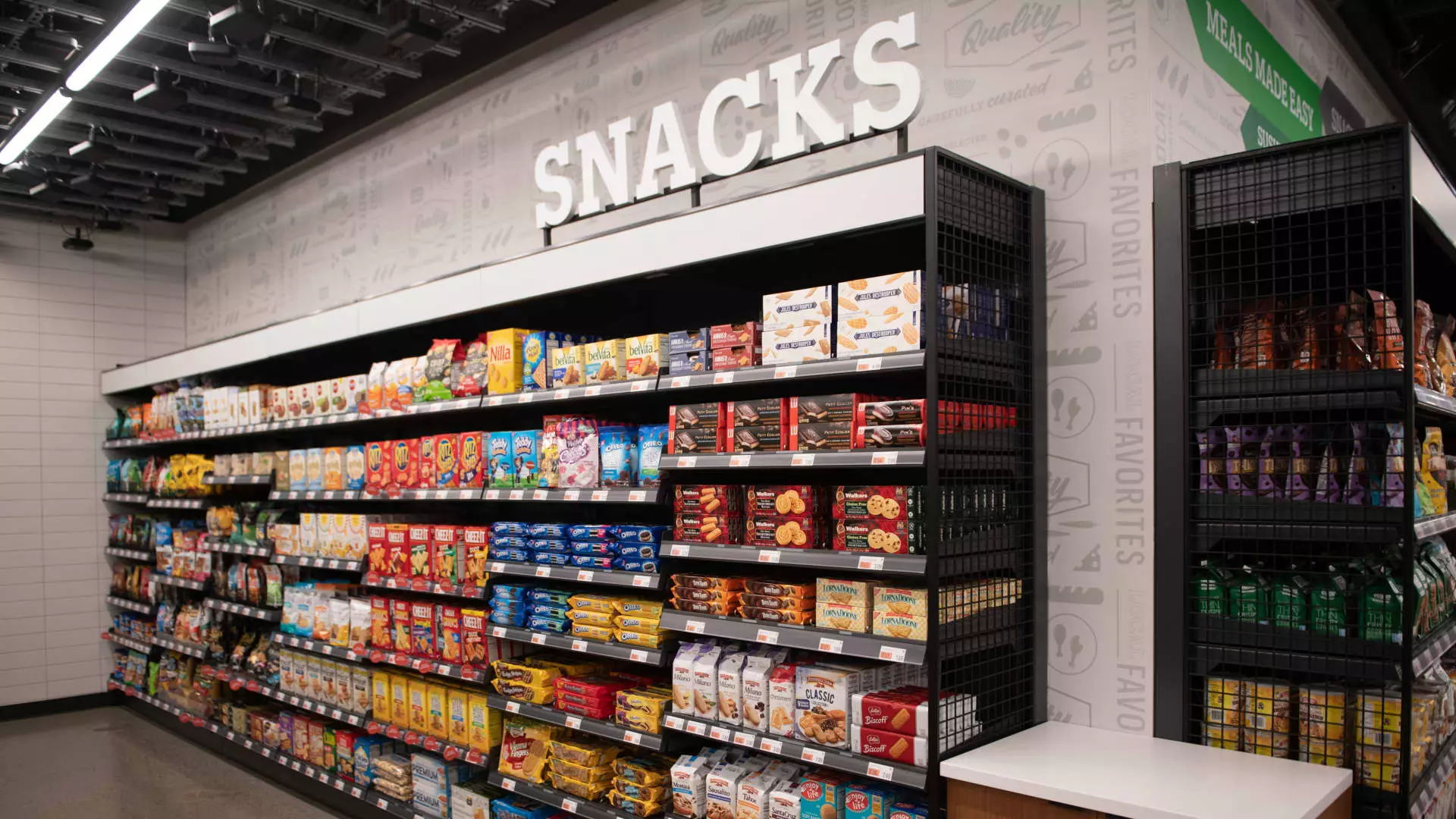For many years, frosted cornflakes have been the mainstay of Kellogg’s business. However, the company is taking a bold step by spinning off its cereal business and rebranding itself as Kellanova, focusing on its faster-growing snack unit. This move comes at a time when other food companies are also betting on the snacking trend, driven by the increasing popularity of snacks among consumers. While Big Food’s investment in snacking has been lucrative so far, there are concerns about the potential impact of blockbuster obesity and diabetes drugs on the industry.
The Growing Snacking Trend
The shift towards snacking has been on the rise for the past decade, with sales in the savory and sweet snack categories expected to grow in the coming years. According to HSBC, the U.S. market for savory snacks is projected to grow by 6% annually from 2022 to 2027, while sweet snacks are expected to see a rise of 4.6% during the same period. This trend is largely fueled by younger generations, particularly Millennials and Generation Z, who tend to snack more frequently and eat smaller meals. This creates more opportunities for snack consumption throughout the day.
The Rise of Obesity and Diabetes Drugs
As food companies invest heavily in the snacking sector, there is a concern that the growing popularity of obesity and diabetes drugs could pose a threat to their sales. Drugs like Novo Nordisk’s Ozempic and Wegovy, which suppress appetites and help with weight loss, have gained significant traction in recent times. These drugs could potentially lead to a decline in consumption of baked goods and salty snacks, as some patients using these medications develop aversions to high-sugar and high-fat foods.
The Impact on Big Food Companies
If the usage of obesity and diabetes drugs continues to rise, several major food companies such as Hershey, Mondelez, PepsiCo, General Mills, and Kellogg’s successor Kellanova could face slower sales growth. Morgan Stanley estimates that the number of patients taking GLP-1 drugs could reach 24 million by 2035, potentially resulting in a 3% decline in the consumption of baked goods and salty snacks. This risk is further amplified if the new eating habits influenced by these drugs extend to the broader households and friends of the patients.
While some industry experts express concerns about the potential impact of obesity and diabetes drugs on snack sales, others believe that the risk may be overstated. Smucker CEO Mark Smucker, after acquiring Hostess Brands, defended the future of Twinkies and Ding Dongs against the threat of these drugs. He argued that consumers will continue to seek different types of snacks, including sweet snacks. One factor that could work in favor of snack sales is the high cost of these drugs, making them less affordable for many consumers who are likely to be the primary consumers of indulgent salty snacks.
Adjustments and Innovations in Food Companies
Even if the obesity and diabetes drugs become more affordable and widely adopted, the transition is expected to be gradual. This gives food companies sufficient time to adapt to shifting consumer behavior and make necessary adjustments. Many food companies have already started investing in healthier options and acquiring smaller brands that specialize in healthier snacks. Additionally, companies are focusing on research and development to create new formulations that mirror the taste of their full-sugar and salt versions. The ultimate goal is to offer healthier alternatives without sacrificing taste and appeal.
The snacking trend is here to stay, but the landscape of the industry may undergo significant changes. While the bets on snacking have paid off for Big Food so far, the rise of obesity and diabetes drugs adds an element of uncertainty. Food companies will need to continuously innovate and reshape their portfolios to meet the evolving demands of consumers. Although the potential risks exist, the industry remains optimistic about the future, counting on consumer preferences and the ability to adapt to changing trends. The decade ahead may witness the development of healthier snack options that can seamlessly replace their traditional counterparts.
The snacking trend has become a crucial focus for Big Food companies, driven by the changing consumer preferences and behaviors, particularly among younger generations. However, this bet on snacking is not without risks. The growing popularity of obesity and diabetes drugs could potentially lead to a decline in the consumption of high-sugar and high-fat snacks. While opinions are divided within the industry regarding the extent of this risk, food companies are adapting and investing in healthier options to mitigate potential impacts. The future of snacking rests on the ability of these companies to innovate and reshape their portfolios to meet the changing demands of consumers while addressing health concerns.


Leave a Reply